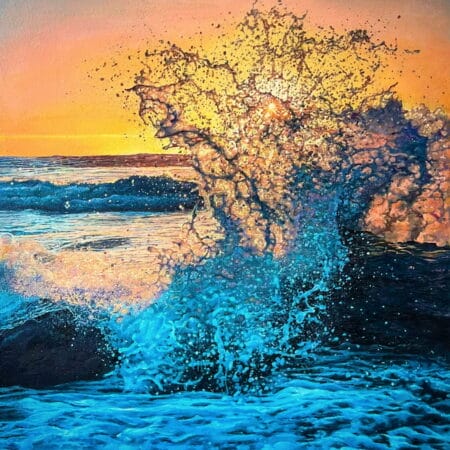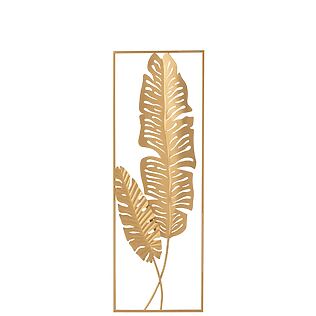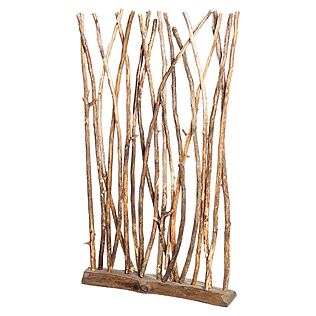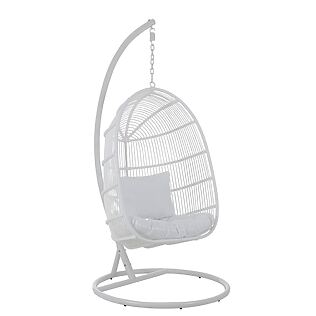If you're a creative artist, your studio can quickly become a mess. Often, you just want to get started, but you're constantly searching for the right, clean brushes, canvases, or other supplies. If this chaos gets out of hand, it can lead to frustration and hinder the process.
With a few simple changes and measures, you can bring order to your studio without losing your creative freedom.
Why order helps every artist when working
An organized space gives you peace of mind. You don't have to search for things, but can focus your energy directly on painting, drawing, or sculpting . We've repeatedly written about how essential an inspiring environment is for artistic processes. And that includes a certain basic order, which can extend your day by several hours, since you no longer have to search.

Photo by Andrea Piacquadio, via Pexels
Simply put : The less you have to search during your daily work routine, the more time you have to get things done. You'll also stay relaxed and avoid frustration when trying to implement your ideas.
Making things even more difficult in many studios is the fact that the available space is extremely limited. It's especially crucial to establish clever storage solutions that make the available space truly usable and accessible. A sturdy shelving unit for your storage space is just one of many solutions that no studio or atelier should be without.
Make sensible use of storage space in the studio
Consider which materials you use frequently and which you use less frequently. Keep frequently used items within easy reach, while everything else can be placed further back. Shelves with multiple compartments for storing materials are particularly practical. Shelving units are perfect due to their robustness, and these storage solutions can be adapted to any space.
- Use the height: Wall-high shelves save space.
- Labeling is worthwhile: This way you can quickly find even small things.
- Transparent boxes: Keep things organized without losing track.
Important in studios: paints, brushes, sketches, tools: every material needs its own organization. Acrylic or oil paints are best stored in a cool place, and brushes should be allowed to dry lying down. Hang a pegboard or magnetic strip: This way, you have the essential tools right within easy reach and can also label the relevant places to keep everything in its proper place.
Tip : If you work with paper, archiving systems like those used by libraries can help. The German National Library offers a comprehensive overview and publishes tips for handling sensitive materials.
Tips from experienced artists
Balzer Designs' organizing and decluttering video , in which the artist openly shows the accumulated supplies and mediums that accumulate on every surface in her art studio. She tries to clean everything out once a month and return it to its pristine, original state. She doesn't mind working a little cluttered, but eventually, it all becomes too much.
Illustrator Kat Young of KatArtIllustrations provides helpful insights into the cleanup work in her studio.
Painter Elizabeth St. Hilaire tends to postpone tidying up as long as possible. She has shallow drawers for pencils, lidded boxes for random supplies, and drawers for paper ephemera, markers, and chocolate. Tidying up a small space will always be a work in progress.
Small routines every day – with big impact
Take five minutes at the end of the day to roughly organize your workspace. This will help you start the next day more motivated and find everything quickly. If you organize things regularly and every tool has its own designated place, you'll notice how much more relaxing your work becomes.
The end result is a space that inspires you, supports your ideas and in which you simply feel comfortable.
This routine can also be repeated repeatedly throughout the day, for example, while other processes require you to wait. While the first layers of paint on a painting are drying, you can wash and clean your brushes, and set them aside to dry.

Owner and Managing Director of Kunstplaza. Publisher, editor and passionate blogger in the field of art, design and creativity since 2011. Successful completion of studies in web design as part of a university degree (2008). Further development of creativity techniques through courses in free drawing, expressive painting and theatre/acting. Profound knowledge of the art market through years of journalistic research and numerous collaborations with actors/institutions from art and culture.

















